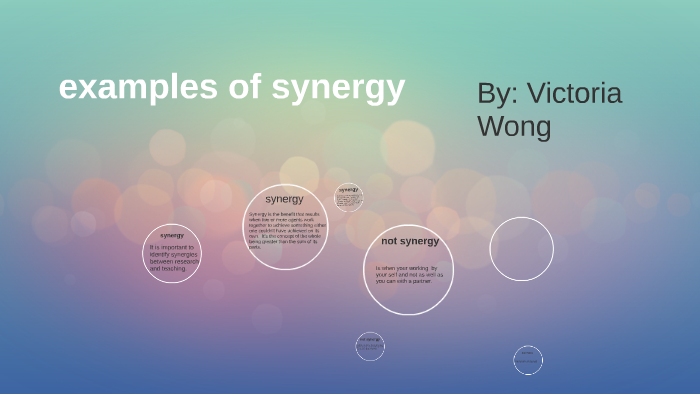

The experimental data (left, values are percentage growth inhibition compared with control) were analyzed independently with the three synergy models (Bliss, Loewe, Highest Single Agent). Cell viability was determined by measuring the total protein content using the sulforhodamine B assays. MIA PaCa-2 cells were treated with gemcitabine ( x-axis) and S1181 ( y-axis) in an 8 × 8 concentration checkerboard format for 72 hours. A, chemical structure of CHK1 inhibitor S1181. Sub-GI 50 concentrations of gemcitabine and CHK1i yield effective synergy. Consistently, effective synergy was found at sub-GI 50 concentrations in all tumor cell lines but not in nonmalignant IMR-90 cells ( Fig.

To further the stringency of our criteria, we defined “effective synergy” as the minimum concentrations that produced more than 90% growth inhibition. To objectively identify the presence and region of synergy, we assessed each combination assay independently with three established mathematical models, that is, Bliss, Loewe, and Highest Single Agent models (see Supplementary Materials and Methods). Using S1181 as a CHK1i tool compound, we performed sulforhodamine B cytotoxicity assays to test its effects with gemcitabine on human cancer cell lines (MIA PaCa-2, Panc-1, HT-29) and a mouse pancreatic cancer cell line, K8484, obtained from a KRas G12D p53 R172H Pdx1-Cre mouse. Cell-cycle synchronization and flow cytometryĪ drug discovery program identified S1181 as a novel selective small-molecule inhibitor of CHK1 (IC 50 = 2.5 nmol/L Fig. Final DMSO concentrations (≤0.2%) were kept constant in all experiments. Gemcitabine (Tocris), S1181 (Sentinel Oncology patent application: WO/2011/141716, compound Example 20), CHIR-124 (Selleck Chemicals), roscovitine (Sigma-Aldrich), Cdc7i (PHA 767491, Tocris), and CDK1i (RO-3306, Calbiochem) were dissolved in DMSO in aliquots of 10 to 30 mmol/L, kept at −20☌, and used within 3 months. They were routinely verified to be mycoplasma-free using the Mycoprobe Mycoplasma Detection Kit (R&D Systems). All cell lines were grown up to a maximum of 20 passages and for fewer than 6 months following resuscitation.

Murine pancreatic cancer cells K8484 were established from a KRas G12D p53 R172H Pdx1-Cre mouse ( 12) and were grown in DMEM with 5% FBS. They were authenticated using either Promega GenePrint10 System or Promega PowerPlex 16HS kit and were grown in DMEM with 10% FBS (GIBCO). Human pancreatic cancer cells (MIA PaCa-2, Panc-1), colorectal cancer cells (HT-29), and nonmalignant lung fibroblast (IMR-90) were obtained from either the European Collection of Cell Cultures or the ATCC. Together, our results suggested a “foot-in-the-door” mechanism for drug synergy where cells were destroyed not by frank G 2–M phase abrogation but rather by initiating a cumulative genotoxicity that deregulated DNA synthesis. In a fraction of these cells, persistent genomic damage was observed, including chromosomal fragmentation with a loss of centromeric regions that prevented proper kinetochore-microtubule attachment. At synergistic drug concentrations, global replication stress was a distinct indicator of chemosensitization as characterized molecularly by an accumulation of S-phase cells with high levels of hyperphosphorylated RPA-loaded single-stranded DNA. Consistent with these findings, S–G 2 duration was extended in treated cells, leading to a definable set of lineage-dependent catastrophic fates. Remarkably, effective synergy was attained even where cells exhibited an apparently functional G 2–M surveillance mechanism, as exemplified by a lack of both overt premature CDK1 activation and S-phase mitotic entry. Notably, we uncovered a dynamic range of mechanistic effects at different ratios of gemcitabine and CHK1 inhibitors. Here we report a systematic definition of how pancreatic cancer cells harboring mutant p53 respond to this combination therapy, by combining mathematical models with large-scale quantitative biologic analyses of single cells and cell populations. However, evidence supporting this mechanistic rationale from chemosensitization studies has not been consistent. Combining cell-cycle checkpoint kinase inhibitors with the DNA-damaging chemotherapeutic agent gemcitabine offers clinical appeal, with a mechanistic rationale based chiefly on abrogation of gemcitabine-induced G 2–M checkpoint activation.


 0 kommentar(er)
0 kommentar(er)
